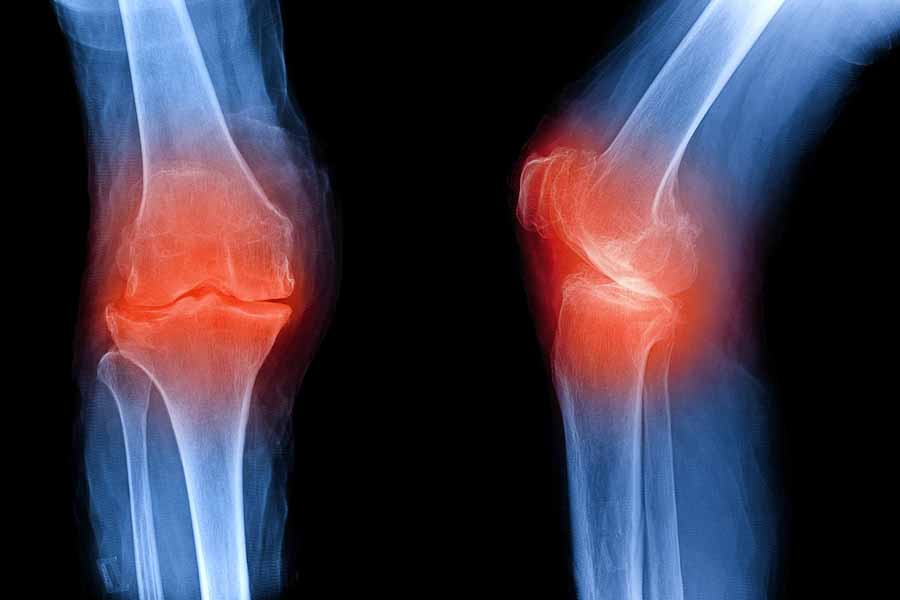With osteoarthritis striking a quarter of over-40s, tailored gait training rivals drugs and protects knee cartilage longer.
Gait retraining for knee osteoarthritis sounds technical, yet it feels disarmingly simple in practice. Picture adjusting your foot angle and watching knee pain ease. No pills, no gadgets, just a smarter way to walk. That idea just got its strongest evidence yet.
Gait retraining for knee osteoarthritis
Here’s the heart of it. A team from the University of Utah, NYU, and Stanford tested a walking tweak. Not a device. Not a drug. A small change in how your foot points as you step. The goal was less joint load and better comfort. People want knee arthritis pain relief that actually fits daily life. That is why the study turned heads. It showed that gait retraining for knee osteoarthritis can quiet pain and protect cartilage over time. The lead researcher, Scott Uhlrich, speaks like an engineer who also cares about morning stiffness. You hear both precision and hope in his words. The science isn’t flashy. The results land like a deep breath you did not know you needed.
Walk a city block, and your knees carry a big share of each step. Most wear happens on the inner side of the joint. That side handles more load with every stride. Turn your toes slightly inward or outward, and the load shifts. Less pressure on that inner compartment means calmer tissue and fewer angry messages to your brain. The trick is personal. Some knees breathe easier with toes in. Others lighten up with toes out. The wrong angle can make things worse. The right one brings smoother motion. This is where gait retraining for knee osteoarthritis meets real bodies, not averages. It respects the way you already move, then nudges it toward comfort.
Personalization, not one-size-fits-all
Older trials gave everyone the same marching orders. Results were messy. Some people offloaded the knee. Others accidentally loaded it more. This team took a smarter path. First, motion-capture cameras watched each person’s natural gait. A pressure-sensitive treadmill mapped forces under the feet.
Then came a simple question: which direction and how much change actually lowers knee load for you? Five degrees or ten. Inward or outward. If no angle helped, you did not continue. That honesty matters. People trained in short weekly sessions with gentle shin vibrations as feedback. Step by step, the new pattern stuck. The approach delivered knee arthritis pain relief that felt earned, not forced. It also made adherence easier. Your gait becomes yours again, just tuned.
What a year-long trial revealed
The study ran for twelve months and used a placebo control. That part is rare in biomechanics. One group learned a sham pattern that matched their usual stance. The other group got the angle that actually lowered knee load. Both groups practiced, checked in, and kept walking at home daily. After a year, the differences showed up in two places that matter. People reported less pain, on par with common medications. Many described steadier mornings and easier stairs. MRIs told the deeper story. Cartilage markers in the trained group deteriorated more slowly. That is not quick magic, yet it is real change. The team published in The Lancet Rheumatology, which raised the bar. Participants sounded relieved and even proud. “It’s just my walk now,” one said. That is knee arthritis pain relief without a pill bottle. You can feel the appeal.
Gait retraining for knee osteoarthritis in everyday life
The beauty here is the long game. Osteoarthritis often stretches across decades. People in their 30s, 40s, and 50s may not qualify for surgery for years. Living on painkillers is a grind. A habit you can own beats that path. With gait retraining for knee osteoarthritis, the prescription is movement, not a new device. You practice on real sidewalks and kitchen floors. The team imagines a clinic visit, not a lab, using phone video or a smart shoe. That lowers cost and puts the work where people live. It still needs streamlined tools and training guides. It also needs clinicians who can spot the right angle fast. Yet the direction feels clear. A small foot twist, a steady routine, and less daily ache. That is knee arthritis pain relief you can carry into every errand, every hill, and every dog walk.
The trial’s voice, and what comes next
Pain is personal, and so is trust. People stick with plans that feel natural and work in real time. This plan fits. It asks for minutes, not hours, and no special gear. You get feedback from your own steps, which builds confidence. Over weeks, the new pattern becomes automatic. That is the quiet magic of practice. The researchers will keep refining the setup. Fewer cameras, more phones. Less lab, more neighborhood. Insurance and access will need attention, as always. Yet the door is open now. Gait retraining for knee osteoarthritis proved it can dial down pain and slow wear. The study gives doctors something concrete to offer today. Patients get a path that respects their body’s story. A careful tweak. A calmer knee. A better day. That is knee arthritis pain relief worth talking about.
